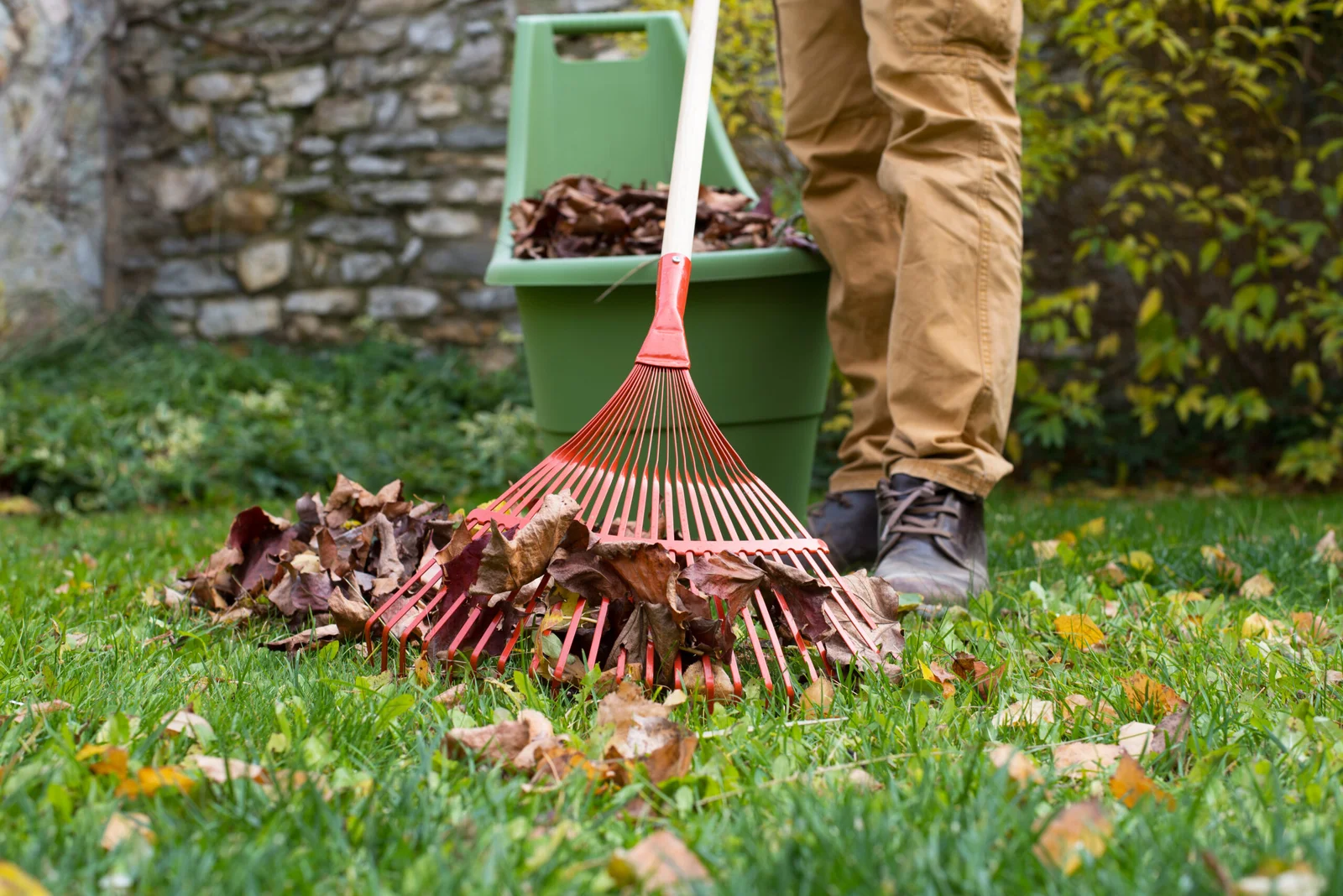
Is Your Garden Overdue for a Cleanup? Find Out How Long It Takes
Gardening is a labor of love that brings nature’s beauty to your doorstep. Even the most dedicated gardeners may wonder if it’s time to clean up the garden.
Proper management creates a thriving atmosphere and greatly impacts the health of your plants and the surrounding ecology. This piece will examine critical timing indicators, eco-friendly approaches, and a detailed cleanup plan to help you decide whether your garden requires some TLC.
Timing Your Garden Cleaning
The best time for garden cleanup varies depending on a few key factors. Understanding these can help new and seasoned gardeners maintain their gardens in top condition.
Assessing Soil Temperature
Checking the soil temperature is one of the first signals that it’s time to organize your garden. Soil temperatures should be higher than 55°F (13°C) for planting and garden maintenance. A soil thermometer can help you decide the best time for your cleanup, allowing you to work efficiently while not damaging the environment prematurely.
Observing Fruit Tree Blooming Stages
The flowering stage of your fruit trees indicates the need for housekeeping. Pruning is most successful after the blossoms have faded and the fruits have begun to set because it removes any dead or diseased wood that may be inhibiting the tree’s productivity.
Monitoring Lawn Growth
Another key factor is keeping track of your lawn’s growth. A sudden spike in growth could indicate that weeds or other undesirable plants are taking root in your garden. If grass is fuzzier in some areas, it may be time to rejuvenate!
Ecological Benefits of Leaving Natural Debris
While the idea of a tidy lawn is appealing, it’s vital to remember the environmental benefits of keeping some natural debris.
Importance of Leaf Litter
Leaf litter insulates the soil during the winter months and helps to retain moisture in the summer. It also supports a variety of beneficial insects and microorganisms for your plants. Leaving some debris is one way to support a balanced ecosystem.
Advantages of Cavity-Nesting Bees and Butterflies
Many beneficial insects, including cavity-nesting bees and butterflies, rely heavily on natural debris for shelter and nourishment. Dead stems, leaf piles, and natural mulch can all be valuable habitats for these critters. Creating a habitat for these pollinators improves your garden and contributes to a healthier ecosystem.
Potential Risks of Premature Cleanup
Being excessive in the cleanup process can have unintended consequences. Understanding the hazards is crucial.
- Disrupting Habitats: Early leaf litter removal can disrupt the lives of insects and tiny animals preparing for the winter. Many individuals rely on detritus for warmth and nutrition.
- Soil Disturbance: Over-tilling or disturbing the soil during a cleanup might destroy vital microbes that help plants develop.
Sustainable Gardening Practices
A sustainable gardening strategy is vital for maintaining an environmentally friendly yard. The following are some useful approaches.
Using Signs and Fencing
Consider using organic signage and natural barriers to secure certain garden areas. This helps prevent overzealous cleanups in areas that require further attention or development time.
Creating Accessible Pathways
Creating clearly defined walkways throughout your garden can prevent soil compaction and enhance access during cleanup chores. This strategy streamlines work and improves soil health.
Encouraging Biodiversity in Your Garden
Your garden’s sustainability relies heavily on biodiversity. Plant a range of plants with different bloom dates and feeding sources. Diversifying your garden will attract new species and keep it vibrant throughout the year.
Comprehensive Cleanup Plan
A thorough housekeeping plan is critical for a successful planting season. Here are a few important activities to include:
Pruning
Proper trimming encourages healthy development and increases production. Remove dead or diseased branches first, then shape your plants to maximize sunlight exposure.
Mulching
Mulching is not only aesthetically pleasing, but it also promotes soil health. As it decomposes, it retains moisture, discourages weeds, and enriches the soil.
Managing Perennial Plants
Perennial plants often benefit from managed cleanup. Trim away dead foliage and blossoms to allow for new growth, giving these plants the best chance of success this season.
The importance of fall cleanup
Fall cleanup is essential for preparing your garden for the cooler months. Here’s what you should focus on.
Prepare for winter
Removing unused plants and rubbish might help prevent plant diseases and pest infestations in the springtime. Preparing for dormancy can also help you clear out your garden’s perennials to make way for fresh growth.
Ensure Healthy Soil for Spring
An effective fall cleanup prepares the groundwork for healthy soil in the spring. Clearing debris, adding organic matter, and aerating the soil helps increase nutritional availability for your plants. This preemptive strategy leads to a more fruitful growing season.
Conclusion
Finally, maintaining a garden requires combining cleaning with environmental benefits. Assessing the best time for cleanup, understanding the role of natural trash, and using sustainable solutions will result in a thriving, attractive, and ecologically responsible garden. With proper care, your garden
FAQs
When should you clean out your garden?
Depending on your climate, you should clean up your garden in early spring or late autumn. Regular reviews during these seasons help you choose the best time to clean up.
How many days can you go without watering your garden?
Most gardens can survive 3 to 7 days without water, depending on the plant variety, weather, and soil conditions. Check for signs of wilting or dryness.
Is it too late to plant a garden?
Starting a garden is rarely too late; many plants can be sown or transplanted anytime during the growing season. Keep your local environment and the individual plant’s growing times in mind.
Should I leave the dead plants in my garden?
Leaving dead plants can benefit wildlife and soil health, but they should be removed if they are diseased or attract pests. Finding equilibrium is crucial.